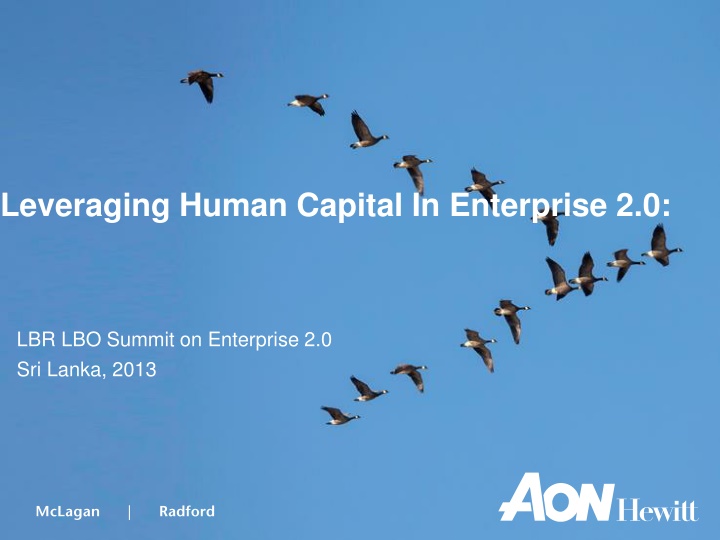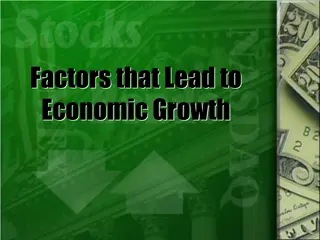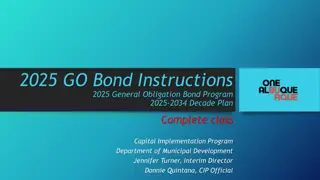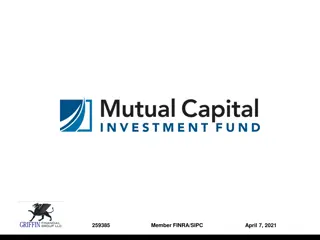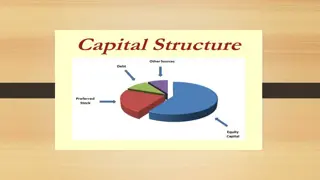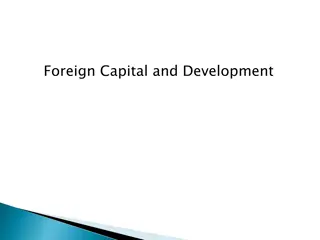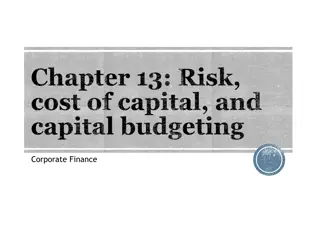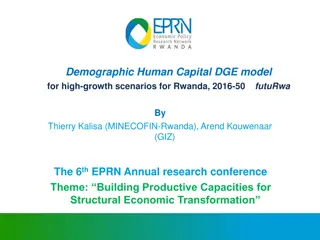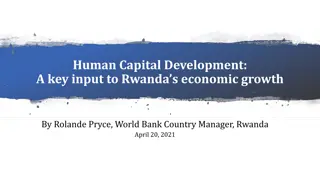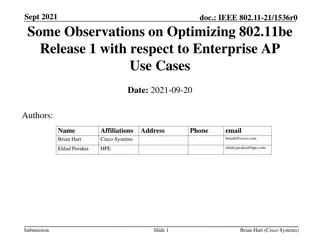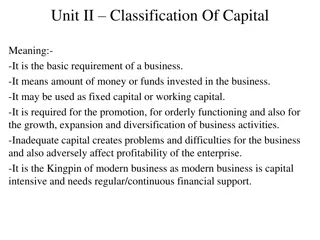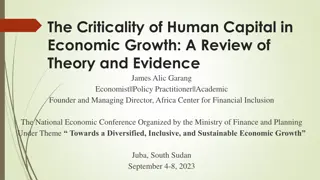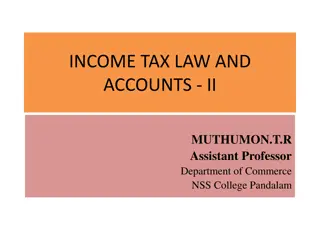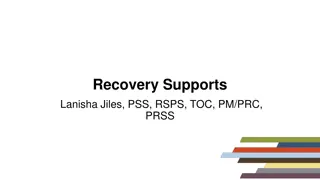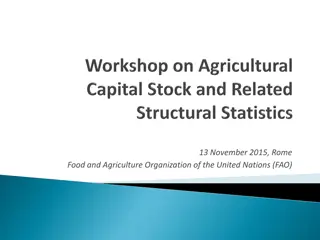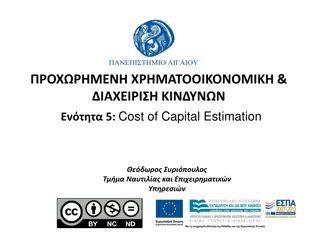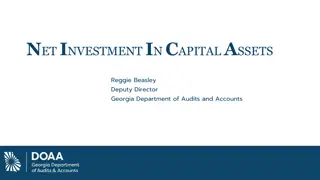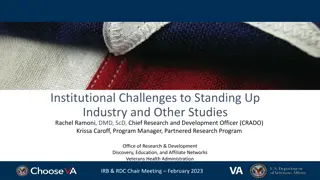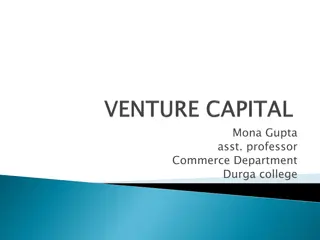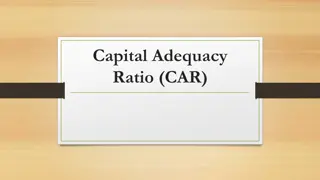Leveraging Human Capital in Enterprise 2.0
The paradoxes of human capital in Enterprise 2.0 and how to bridge the gap with the new generation of employees. Explore strategies to engage, communicate, and leverage the potential of this workforce to drive organizational transformation and success.
Download Presentation

Please find below an Image/Link to download the presentation.
The content on the website is provided AS IS for your information and personal use only. It may not be sold, licensed, or shared on other websites without obtaining consent from the author.If you encounter any issues during the download, it is possible that the publisher has removed the file from their server.
You are allowed to download the files provided on this website for personal or commercial use, subject to the condition that they are used lawfully. All files are the property of their respective owners.
The content on the website is provided AS IS for your information and personal use only. It may not be sold, licensed, or shared on other websites without obtaining consent from the author.
E N D
Presentation Transcript
Leveraging Human Capital In Enterprise 2.0: LBR LBO Summit on Enterprise 2.0 Sri Lanka, 2013
3 Human Capital Paradoxes in Building Enterprise 2.0 New Gen Employees are Posing a Challenge to the Existing Order ..Yet they are also an opportunity waiting to be exploited 2
Fact or Fiction? It is all a Question of Language Existing World Order New World Order They are relatively lazy they want work that is easy, fun & exciting I need to know why I am doing this work and how it ties in to the big picture I am loyal to my career and to my work ; loyalty is not given it needs to be earned They are disloyal to the firm New Generation Workforce is Selfish they seem to think they are the centre of the universe All I have is high self esteem New Generation Workforce is Spoilt they are a pampered lot I am only being prudent & practical 3
So Then How do We Speak Their Language Implications Language Immediate & instant feedback (both formal & informal) Career progressions not tied to annual cycles, nor linkage of compensation to tenure Instant Gratification Work environment that aligns their outside behavior with internal practices Leverage their ability to synthesize large volumes of data and act with speed / agility Technology Saavyness Non-hierarchical work environment Open 2-way communication channels Allow them to step out of formal lines of management Disregard for Hierarchy Leverage positive & can-do attitude and provide responsibility on independent projects early on Independent 4
Lessons for Business & HR #1 Leverage their USP Ability to synthesis & draw meaning out of multiple data sources Ability to network (both formally & informally) with the outside world and mobilize such networks Leverage their dissatisfaction to status quo and utilize them as change evangelists to drive organization transformation 5
3 Human Capital Paradoxes in Building Enterprise 2.0 New Generation Employees are Very Different from the Rest .. Yet their interests and preferences are influenced by demographic factors 6
Significant demographic shifts are altering the workforce characteristics across countries 2000 - 2010 15 10 Working Age Population Shift Coefficient (%) Morocco Jordan Egypt India Mexico China 5 Ghana Philippines Malaysia World : 3.7% Poland Kenya Argentina Nigeria South Africa Brazil United Kingdom 0 15 20 25 30 35 40 45 50 Sri Lanka Australia Germany Median Age in 2010 (Yrs) United States France -5 -10 Japan World : 29.1 -15 Working Age Population Shift Coefficient is defined as change (+/-) in the ratio of working age population (15-59 yrs.) to total population of a country in the defined timeframes Size of the bubble is indicative of the population size (15-59 yrs.) in the respective country in 2010 7 Source : World Bank Population Database, Aon Hewitt Analysis
Significant demographic shifts are altering the workforce characteristics across countries 2010- 2020 15 10 Working Age Population Shift Coefficient (%) Nigeria 5 Jordan Ghana India Kenya Philippines Mexico Brazil Egypt Malaysia Argentina 0 World : -0.98% 15 20 25 30 Morocco 35 40 45 50 South Africa United Kingdom China Median Age in 2020 (Yrs) Japan Australia Sri Lanka -5 France Germany United States Poland -10 World : 31.5 -15 Working Age Population Shift Coefficient is defined as change (+/-) in the ratio of working age population (15-59 yrs.) to total population of a country in the defined timeframes Size of the bubble is indicative of the population size (15-59 yrs.) in the respective country in 2010 8 Source : World Bank Population Database, Aon Hewitt Analysis
Impacting New Gen Employee Preferences Across Countries Geography Driver 1 Driver 2 Driver 3 Asia Career Opportunities Pay Managing Performance China Pay Career Opportunities Benefits India Career Opportunities Recognition People/HR practices Singapore Career Opportunities Managing Performance Organization Reputation Malaysia Career Opportunities Recognition Work Tasks Thailand Career Opportunities Pay Work Tasks Indonesia Career Opportunities Benefits Brand Alignment Career Opportunities Managing Performance Innovation Hong Kong Korea Pay Managing Performance Senior Leadership Taiwan Managing Performance Pay Works Tasks Indicates a driver which is different from Asian drivers 9 Source: Aon Hewitt Best Employers 2.0 Asia 2013 Study
Employee Preferences Are Also a Reflection of their Life Stage Be it services .. Year Age Category Driver 1 Driver 2 Driver 3 Career Opportunities 2003 2009 Under 25 Pay Recognition 2009 2013 25 - 34 Pay Influence Benefits ..Or Manufacturing Year Age Category Driver 1 Driver 2 Driver 3 2003 2009 Under 25 Recognition Pay Influence 2009 2013 25 - 34 Recognition Pay Benefits ..so New Gen employees who are today demanding career, pay and performance might be demanding something different Indicates a driver which is different across age categories 10 Source: Aon Hewitt Best Employers Asia Pacific Study
Lessons for Business & HR #2 Poach your own Talent One theme that has remained consistent across geographies is Career Opportunities The internal job market needs to be leveraged very well Employees don t always aspire to the role their bosses hold; they aspire in all directions Think non-linear careers Keep in mind that many employees will flit between corporate roles, portfolio careers and entrepreneurship some even at the same time! Transcend traditional organizational boundaries to build horizontal networks 11
3 Human Capital Paradoxes in Building Enterprise 2.0 Leaders & Managers might resent New Generation Employees .. Yet they are here to stay and seniors should hence learn how to effectively manage them 12
New Generation Cant Just be Wished Away The sheer size of the New Generation population and their growing seniority in the workplace requires business leaders and HR to redefine how they attract, engage and retain Gen Y talent. Generation Y 1.7billion worldwide population 75% of world workforce by 2025 Generation Y Year of birth between 1979 to 1990; aged between 23 to 34 years 13 Source: Forbes magazine; US Bureau of Labor Statistics
And they Expect Different things From Both Leaders . Senior Leadership Above 55 In-between New Gen Senior leaders encourage collaboration and teamwork across the business 61% 65% 40% Employee opinions and suggestions are given significant consideration in the organization s decision-making process 54% 49% 44% As well as Managers Managers Above 55 In-between New Gen My manager provides me with feedback that helps me to improve my performance 63% 60% 45% My manager appropriately recognizes my efforts and results 60% 59% 48% My manager helps me understand the skills I will need for future success in this organization 60% 57% 54% 14 Source: Aon Hewitt Best Employers 2.0 Asia 2013 Study
Lessons for Business & HR #3 Leaders & Managers Should be Meaning Makers The new generation s quest for meaning, flexibility, learning and recognition cannot be met by supervisory mindset of 20th century Leaders need to let go & empower and place their trust on the new generation Managers to focus on enabling & coaching rather than deciding & directing Provide opportunity for new generation employees to assess & evaluate managers & leaders 15
3 Human Capital Paradoxes in Building Enterprise 2.0 New Gen Employees are Posing a Challenge to the Existing Order ..Yet they are also an opportunity waiting to be exploited New Generation Employees are Very Different from the Rest .. Yet their interests and preferences are influenced by demographic factors Leaders & Managers might resent New Generation Employees .. Yet they are here to stay and seniors should hence learn how to effectively manage them 16
Thank You! Tarandeep Singh Partner, Aon Hewitt tarandeep.singh@aonhewitt.com 17
